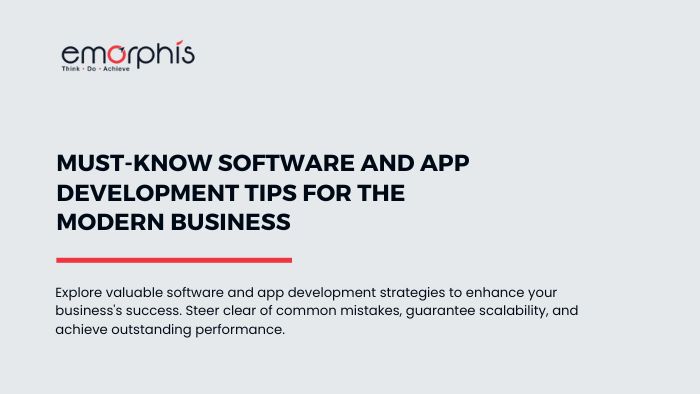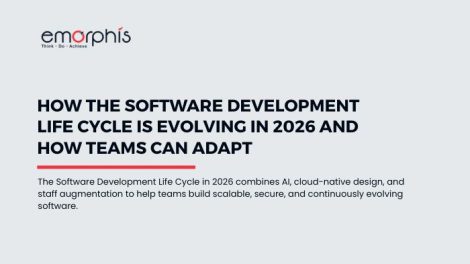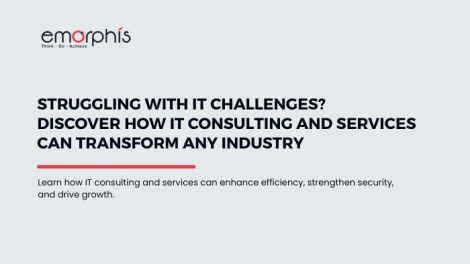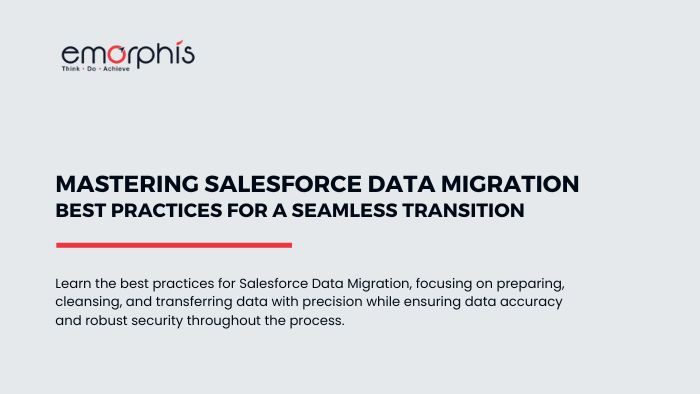Overview
In today’s rapidly evolving digital landscape, businesses of all sizes rely on software and mobile applications to streamline operations, engage with customers, and stay competitive. With businesses increasingly moving towards digital transformation, it’s essential to understand the key components that contribute to successful software and app development.
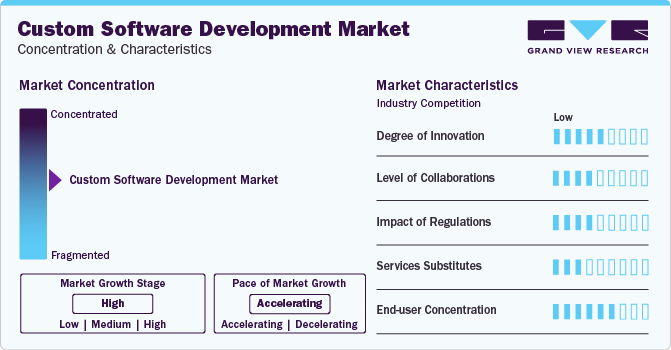
In 2023, according to a report by Grand View Research, the global market for custom software development was valued at approximately $35.42 billion and is expected to expand at an annual growth rate of 22.5% from 2024 to 2030. Similarly, according to the report, the global mobile application market was worth around $252.89 billion in 2023 and is anticipated to grow at a yearly rate of 14.3% during the same period.
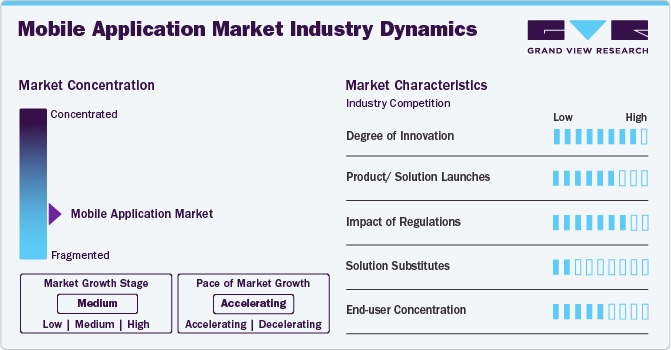
Whether you are launching an app to engage customers or creating software to support internal processes, understanding these key aspects can be a game changer.
Understanding the Difference: Software vs. App Development
While the terms “app development” and “software development” are often used interchangeably, they refer to different types of digital solutions. Here’s a table comparing App Development and Software Development:
Aspect | App Development | Software Development |
Definition | Focuses on developing applications primarily for mobile devices (smartphones/tablets). | Focuses on developing software systems, often for desktops or servers, used across various platforms. |
Platform | Mobile operating systems (iOS, Android) | Desktop (Windows, macOS, Linux) or server-based systems (cloud, enterprise solutions) |
Target Audience | End-users (consumers) | Businesses, internal users (employees), or large-scale systems |
Purpose | Provide specific, user-centric functionalities like e-commerce, gaming, or social media. | Offer comprehensive, business-critical functions such as data management, accounting, or enterprise resource planning (ERP). |
Technology Stack | Mobile-specific technologies (Swift for iOS, Kotlin for Android, React Native, Flutter) | More diverse, often using languages like Java, Python, C++, or frameworks like .NET, JavaScript, and PHP |
Development Cycle | Typically shorter, focusing on rapid development and iterations for fast deployment. | Often longer due to complexity, scalability, and detailed requirements gathering. |
User Experience (UX) | Highly focused on mobile UI/UX design and touch-based interactions. | UX design is also important, but it may focus more on functionality and workflow optimization in enterprise software. |
Deployment | Deployed through app stores (Google Play, Apple App Store). | Deployed on local servers, cloud environments, or distributed networks. |
Performance Considerations | Focus on optimizing for mobile hardware limitations (battery, processing power, etc.). | Focus on scalability, performance across systems, and integration with other software. |
Maintenance | Frequent updates to stay compatible with OS updates and provide user improvements. | Ongoing patches, upgrades, and system optimization, with a focus on compatibility with other business systems. |
Security Concerns | High-security risks related to app data, user information, and device access (e.g., mobile banking apps). | Security concerns related to enterprise data, system integrity, and compliance standards (e.g., HIPAA, GDPR). |
Integration | Often integrates with mobile-centric services like social media, payment gateways, GPS, etc. | Integrates with a variety of backend systems, databases, and third-party enterprise services. |
This table helps to highlight the primary differences and similarities between software and app development across various dimensions.
Why Software and App Development is Crucial for Modern Businesses?
In the digital age, businesses are no longer just relying on traditional methods of operations; in fact, they need robust, tailored software and mobile apps to thrive. Moreover, custom software and apps empower businesses to increase efficiency, reduce human error, and improve customer satisfaction.
For instance, mobile apps offer businesses a direct channel to engage with their customers, facilitate transactions, and provide real-time support. In fact, apps can streamline booking processes, enable seamless communication, and offer personalized content—keeping customers loyal and engaged.
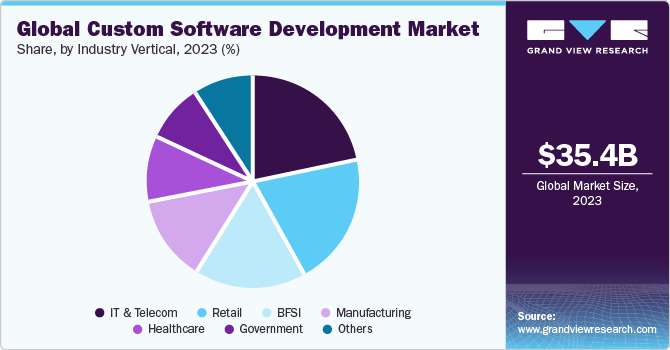
In 2023, the IT and telecom sector dominated the market with a 22% share, driven by custom software’s flexibility, cost efficiency, and ability to streamline operations. Meanwhile, the government segment is expected to grow at a 25.9% annual rate as custom solutions help modernize systems, automate workflows, and enhance transparency in public services.
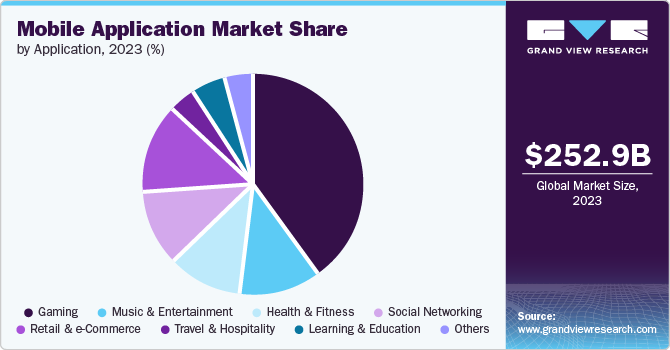
Custom software, on the other hand, is invaluable for improving internal business processes, enhancing data management, and automating tasks. It allows businesses to maintain control over specific functionalities and also, workflows, optimizing productivity.
Moreover, with the increasing need for businesses to be flexible and responsive to changing market conditions, custom development gives you the flexibility to tailor solutions that are unique to your business. With tailored software, businesses can respond to market trends and moreover, customer preferences more efficiently, ensuring long-term success and growth
Top 4 Common Mistakes to Avoid in Software and App Development
When developing a mobile app or software solution, it’s easy to overlook key factors that might lead to failure. Unfortunately, many businesses end up making the same mistakes, leading to poor user adoption, also wasted resources, or missed opportunities.
Here are some common mistakes to avoid:
1. Lack of Clear Requirements
One of the most significant issues businesses face during development is unclear goals and undefined requirements. Without a clear roadmap, you risk misalignment between what the product is supposed to achieve and also, what the development team is building. To avoid this, always begin with a comprehensive needs assessment and moreover, clearly defined objectives for your app or software.
2. Neglecting User Experience (UX)
In today’s competitive market, UX is everything. An app or software solution that is difficult to use will frustrate users and likely lead to uninstalls or low adoption rates. For software, poor UX can lead to inefficiencies, causing employees to resist using the solution. In fact, businesses need to prioritize user-friendly designs, intuitive navigation, and accessibility.
3. Ignoring Scalability
As your business grows, so do the demands on your app or software. Many businesses overlook the importance of scalability during the development phase, leading to performance issues or even system crashes when user numbers or data loads increase. As a matter of fact, planning for scalability ensures that your digital solutions can grow alongside your business without needing a complete redesign.
4. Focusing Solely on Features Instead of Functionality
Sometimes businesses fall into the trap of trying to add too many features without ensuring each one is functional and solves a real problem. Rather than overloading your product with unnecessary features, focus on delivering essential functionality that addresses your business needs.
By avoiding these common mistakes, you can set your development project up for success, moreover, ensuring your software or app meets its goals and provides long-term value.
Key Tips for Technical Aspects of Software and App Development for Your Business
When diving into software and app development, technical considerations are paramount. From choosing the right technology to ensuring smooth user interactions, here’s a breakdown of key areas to focus on:
A. Choosing the Right Tech Stack
The technology stack, or the combination of programming languages, frameworks, and tools used to develop your product in fact, plays a critical role in determining how efficiently your software or app performs. The right tech stack not only ensures smooth development but also allows for scalability, flexibility, and ease of maintenance.
For example, JavaScript-based frameworks like React or Angular are commonly used in web and mobile app development because of their fast performance and vast community support. On the backend, you might choose a language like Python or Node.js, which are both flexible and support rapid development. Choosing the right tech stack involves considering factors such as your team’s expertise, the complexity of your project, and the scalability of the platform.
B. User Experience (UX)
User experience (UX) directly affects how users perceive and engage with your software or app. Hence, it’s essential to design intuitive interfaces that are easy to navigate. A smooth, enjoyable experience encourages customers to return, while poor design leads to frustration and abandonment. Moreover, businesses should prioritize clear layouts, consistent branding, fast load times, and responsive design to enhance usability. Additionally, gathering user feedback through testing and surveys can help refine UX and ensure it meets your users’ needs.
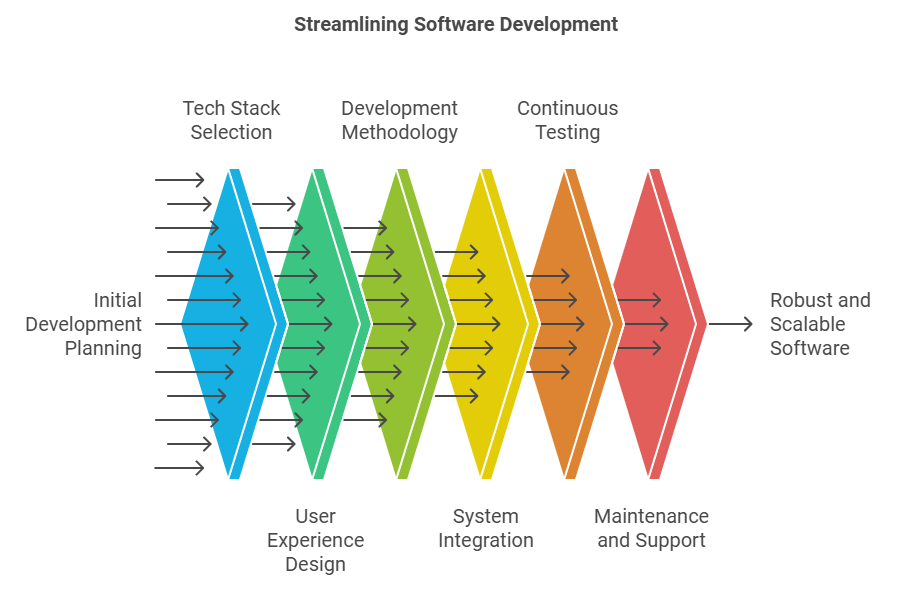
C. Development Methodology
The methodology you choose to develop your software or mobile app will influence the project timeline, also, the quality of the final product, and your team’s ability to adapt to changes. As a matter of fact, agile development is the most common methodology used today, as it allows for flexibility and iterative development. Agile works in cycles (sprints), allowing teams to work on small portions of the project, get feedback, and also, make improvements quickly. This process ensures your product evolves based on user feedback, helping to meet market demands in real time.
D. Integration
No app or software operates in isolation. Often, they need to integrate with other systems, such as payment gateways, customer relationship management (CRM) platforms, or enterprise resource planning (ERP) systems. In fact, integration enables you to centralize data, streamline operations, and create a more cohesive user experience. Make sure to plan for integration from the start, moreover, choose technologies that support APIs and allow for smooth data exchange.
E. Testing
A robust testing strategy ensures that your app or software is bug-free and performs as expected. Testing should not be left until the end of the development process—rather, it should be conducted continuously throughout. As a matter of fact, this includes unit testing (to test individual components), integration testing (to ensure components work together), and user acceptance testing (to confirm the product meets the user’s expectations). Moreover, automated testing tools can speed up the process, allowing for faster feedback and fixes.
F. Maintenance and Support
After the launch, your software or mobile app requires regular updates and ongoing maintenance. Technology evolves, and so do user expectations. Regularly updating your product not only fixes bugs but also adds new features and ensures compatibility with new devices or operating systems. As a matter of fact, neglecting maintenance can result in outdated functionality and security vulnerabilities. Therefore, it’s important to establish a plan for continuous support, whether it’s bug fixing, updating libraries, or adding new functionalities.
Find us in the list of mobile app development company in Goodfirms.
Key Tips for Ensuring Scalability, Security, Performance, and Budgeting
Once you have your software or app in development, you must consider several key factors that will ensure its long-term success and growth.
a. Scalability in Software and App Development
As your business grows, so should your app or software. Scalability involves designing your system to handle an increase in users, data, or transactions without degrading performance. As a matter of fact, cloud solutions like AWS or Azure provide elastic scalability, meaning your system can automatically scale up or down depending on demand. Ensuring that your product’s infrastructure is scalable from the beginning can also, save significant time and costs down the road.
b. Security
Security is a major concern for businesses and users alike. Moreover, with the rise of cyber threats, it’s crucial to incorporate strong security features from the beginning of development. Hence, this includes encryption, secure data storage, and authentication mechanisms like two-factor authentication (2FA). Additionally, regular security audits and compliance with industry standards (such as GDPR or HIPAA) will help protect your business and your users.
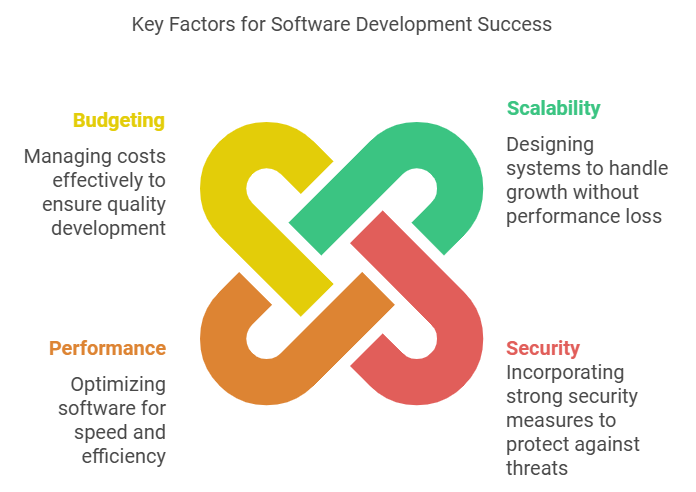
c. Performance
Performance is a key factor in retaining users and improving user experience. In fact, slow load times or crashes will quickly drive users away. Optimize your software or app for speed, moreover, ensuring that data is processed efficiently, pages load quickly, and interactions are seamless. As a matter of fact, tools like Google’s Lighthouse can help identify performance bottlenecks and suggest improvements.
d. Budgeting in Software and App Development
While it’s tempting to cut costs, a well-managed budget is essential for quality development. Understand the costs involved at every stage of the process—design, development, testing, deployment, and maintenance—and allocate resources accordingly. Also, build in some flexibility for unexpected issues or new features. Balancing quality and cost will help ensure that you get the most out of your investment.
In addition to balancing quality and resource allocation, cost-effectiveness is a key factor to consider when planning your development budget. For instance, DeepSeek, a Chinese AI startup, developed its chatbot at a fraction of the cost compared to its competitors. DeepSeek’s AI training cost was only $5.6 million, much lower than the billions spent by its competitors, and it used less powerful hardware due to U.S. export limitations. According to The Associated Press report. This highlights the importance of researching and evaluating all available tools that can deliver the functionality you need without inflating costs. By choosing the right tools that align with your budget, you can ensure that you’re maximizing your investment in software and app development.
Need More Insights? Connect with Emorphis Technologies’ Software and App Development Experts
As you embark on your software or app development journey, it’s essential to have an experienced partner by your side. Emorphis Technologies specializes in creating tailor-made solutions for businesses of all sizes. Our team of experts can guide you through every phase of development—from selecting the right tech stack to post-launch support.
Click to check details on Software product development services also, follow the link to check more details on mobile app development services.
In fact, if you’re unsure where to start or need more details about the development process, don’t hesitate to reach out to us. We’ll help you turn your vision into reality, ensuring your app or software is perfectly aligned with your business needs.

Conclusion
In conclusion, software and app development are vital components for modern business success. By following the tips outlined in this article—focusing on the right technologies, user experience, scalability, and security—you can ensure that your digital solutions meet both business objectives and customer expectations. With the right approach and expert guidance, your development project can help drive efficiency, innovation, and growth.



